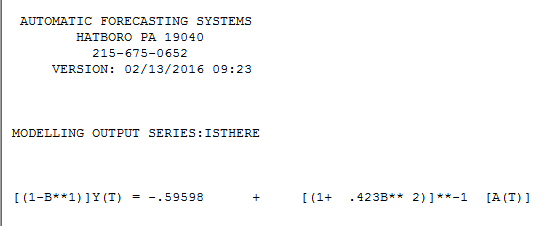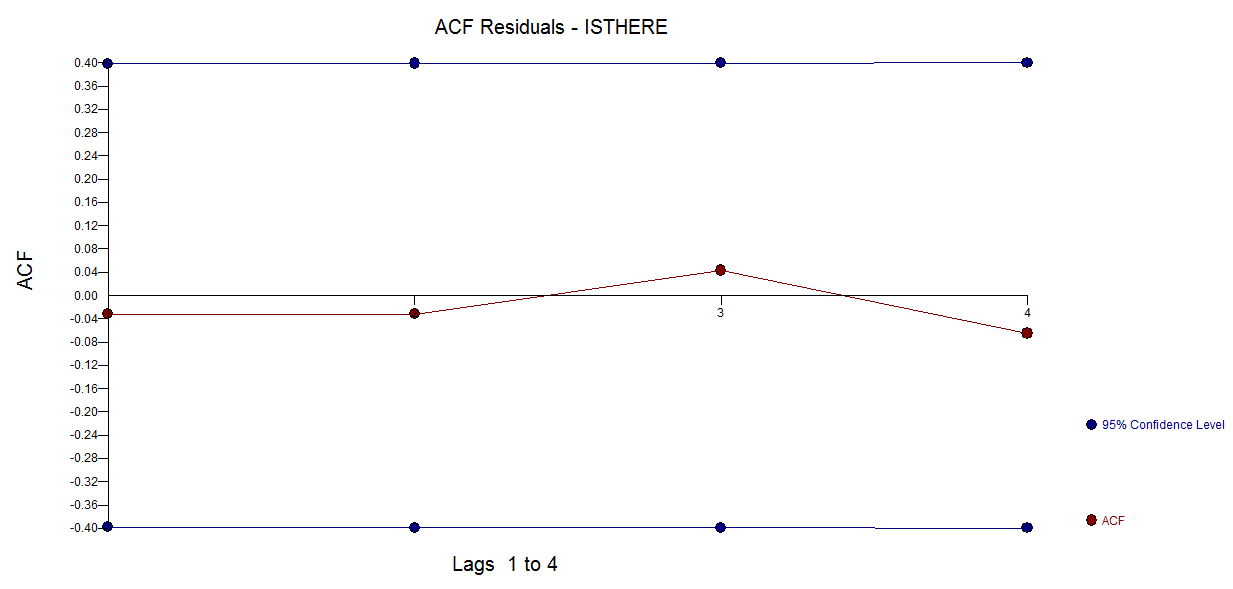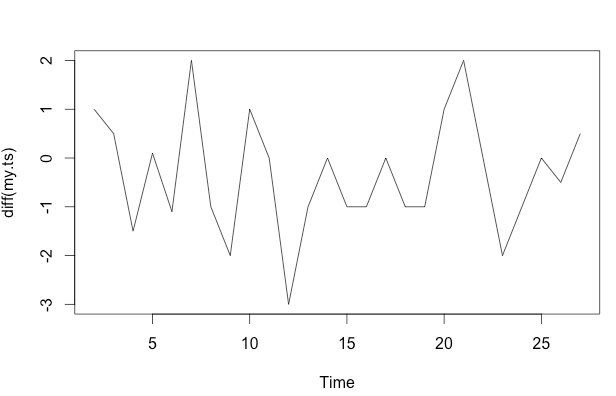As you said, the trend in your example data is obvious. If you want just to justify this fact by hypothesis test, than besides using linear regression (the obvious parametric choice), you can use non-parametric Mann-Kendall test for monotonic trend. The test is used to
assess if there is a monotonic upward or downward trend of the
variable of interest over time. A monotonic upward (downward) trend
means that the variable consistently increases (decreases) through
time, but the trend may or may not be linear. (http://vsp.pnnl.gov/help/Vsample/Design_Trend_Mann_Kendall.htm)
moreover, as noted by Gilbert (1987), the test
is particularly useful since missing values are allowed and the data
need not conform to any particular distribution
The test statistic is the difference between negative and positive $x_j-x_i$ differences among all the $n(n-1)/2$ possible pairs, i.e.
$$ S = \displaystyle\sum_{i=1}^{n-1}\displaystyle\sum_{j=i+1}^{n}\mathrm{sgn}(x_j-x_i) $$
where $\mathrm{sgn}(\cdot)$ is a sign function. $S$ can be used to calculate $\tau$ statistics that is similar to correlation as it ranges from $-1$ to $+1$, where the sign suggests negative, or positive trend and value of $\tau$ is proportional to slope of the trend.
$$ \tau = \frac{S}{n(n-1)/2} $$
Finally, you can compute $p$-values. For samples of size $n \le 10$ you can use tables of precomputed $p$-values for different values of $S$ and different sample sizes (see Gilbert, 1987). With larger samples, first you need to compute variance of $S$
$$ \mathrm{var}(S) = \frac{1}{18}\Big[n(n-1)(2n+5)
- \displaystyle\sum_{p=1}^{g}t_p(t_p-1)(2t_p+5)\Big] $$
and then compute $Z_{MK}$ test statistic
$$ Z_{MK} =
\begin{cases}
\frac{S-1}{\mathrm{var}(S)} & \text{if} ~ S > 0 \\
0 & \text{if} ~ S = 0 \\
\frac{S+1}{\mathrm{var}(S)} & \text{if} ~ S < 0
\end{cases}
$$
the value of $Z_{MK}$ is compared to standard normal values
- $Z_{MK} \ge Z_{1-\alpha}$ for upward trend,
- $Z_{MK} \le -Z_{1-\alpha}$ for downward trend,
- $|Z_{MK}| \ge Z_{1-\alpha/2}$ for upward or downward trend.
In this thread you can find R code implementing this test.
Since the $S$ statistic is compared to all possible pairs of observations then, instead of using normal approximation for $p$-value you can use permutation test that is obvious for this case. First, you compute $S$ statistic from your data and then you randomly shuffle your data multiple times and compute it for each of the samples. $p$ is simply the proportion of cases when $S_\text{data} \ge S_\text{permutation}$ for upward trend or $S_\text{data} \le S_\text{permutation}$ for downward trend.
Gilbert, R.O. (1987). Statistical Methods for Environmental Pollution Monitoring. Wiley, NY.
Önöz, B., & Bayazit, M. (2003). The power of statistical tests for trend detection. Turkish Journal of Engineering and Environmental Sciences, 27(4), 247-251.










frequency=1) is little relevant here. A more relevant issue could be whether you are willing to specify a functional form for your model. $\endgroup$